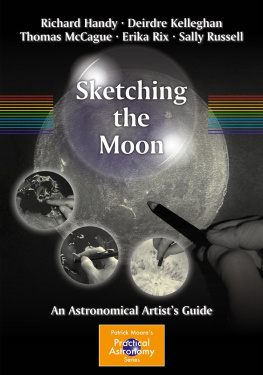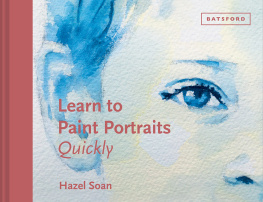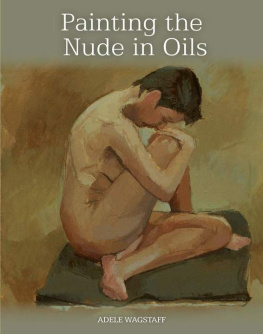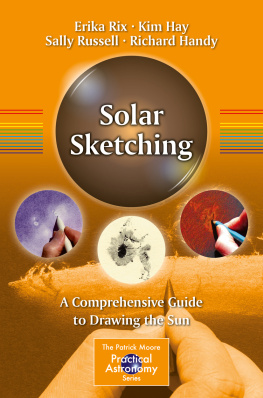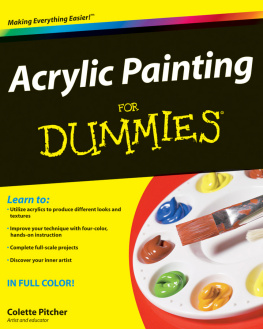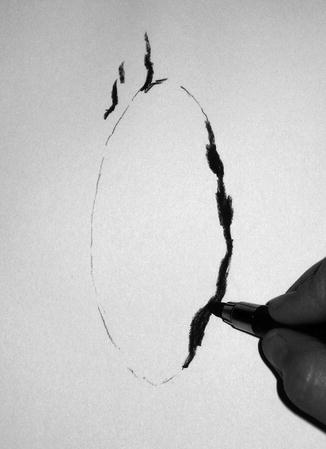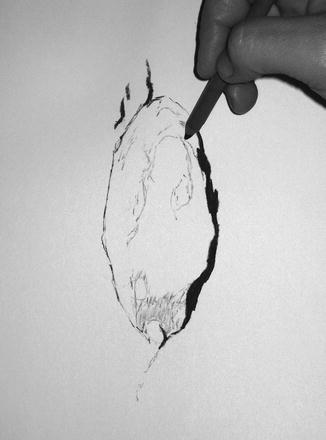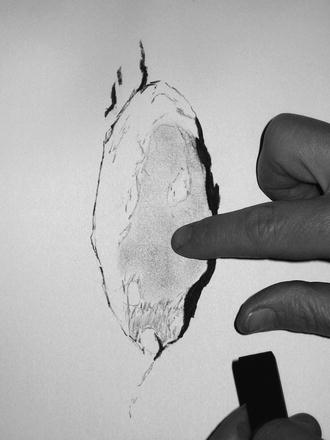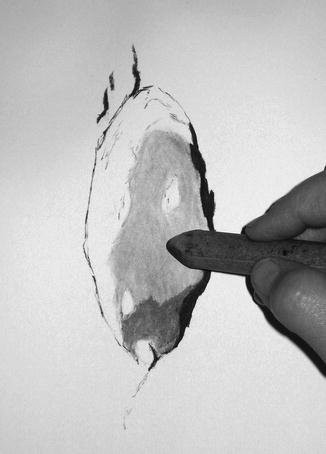Richard Handy Deirdre Kelleghan Thomas McCague Erika Rix - Sketching the moon : an astronomical artists guide
Here you can read online Richard Handy Deirdre Kelleghan Thomas McCague Erika Rix - Sketching the moon : an astronomical artists guide full text of the book (entire story) in english for free. Download pdf and epub, get meaning, cover and reviews about this ebook. City: New York, Moon, Moon, year: 2012, publisher: Springer Science+Business Media, LLC, genre: Home and family. Description of the work, (preface) as well as reviews are available. Best literature library LitArk.com created for fans of good reading and offers a wide selection of genres:
Romance novel
Science fiction
Adventure
Detective
Science
History
Home and family
Prose
Art
Politics
Computer
Non-fiction
Religion
Business
Children
Humor
Choose a favorite category and find really read worthwhile books. Enjoy immersion in the world of imagination, feel the emotions of the characters or learn something new for yourself, make an fascinating discovery.
- Book:Sketching the moon : an astronomical artists guide
- Author:
- Publisher:Springer Science+Business Media, LLC
- Genre:
- Year:2012
- City:New York, Moon, Moon
- Rating:4 / 5
- Favourites:Add to favourites
- Your mark:
Sketching the moon : an astronomical artists guide: summary, description and annotation
We offer to read an annotation, description, summary or preface (depends on what the author of the book "Sketching the moon : an astronomical artists guide" wrote himself). If you haven't found the necessary information about the book — write in the comments, we will try to find it.
For anyone artistically inclined, observing the Moon and attempting to sketch or paint it can easily become a passion. The Moon presents a broad array of tone, texture, and form. Capturing this in a painting or sketch at the eyepiece of a telescope or even with binoculars develops observational skills, leaves a record of the observation, and can also be a delightful and rewarding pastime. However, the choice of media available is extensive (acrylic paint, oils, pen, charcoal, etc., and even computer art programs), and there is no existing text that fully explains all lunar sketching and painting techniques in each respective medium. This beautiful and graphically rich book fulfills this requirement. It presents detailed step-by-step instructions, in the form of illustrated tutorials for every major medium employed to represent the Moon. It also provides practical advice on how to sketch outdoors at night (not ideal conditions for an artist!).
This is easily the most extensive book on the subject of lunar art for amateur astronomers, particularly those observing through a telescope. The diverse features of the lunar surface will attract and entice readers to review the number of different media presented, exciting and inspiring them with the possibilities of learning to depict all of the fascinating aspects of Earths very own satellite.
Richard Handy Deirdre Kelleghan Thomas McCague Erika Rix: author's other books
Who wrote Sketching the moon : an astronomical artists guide? Find out the surname, the name of the author of the book and a list of all author's works by series.

